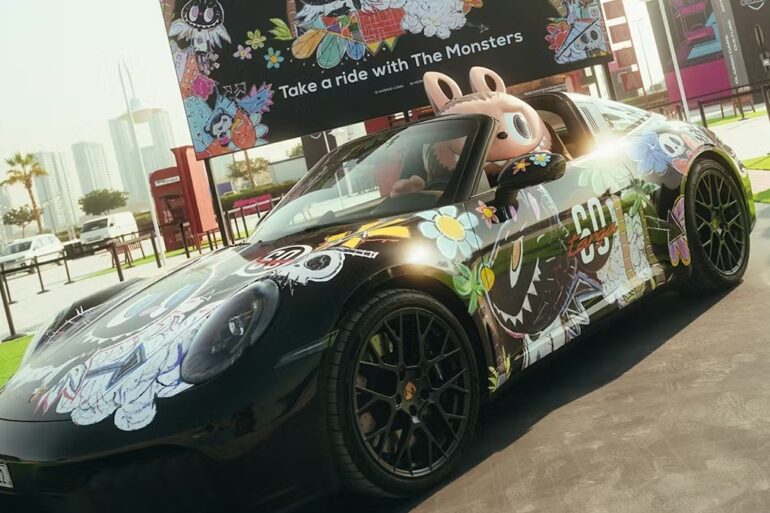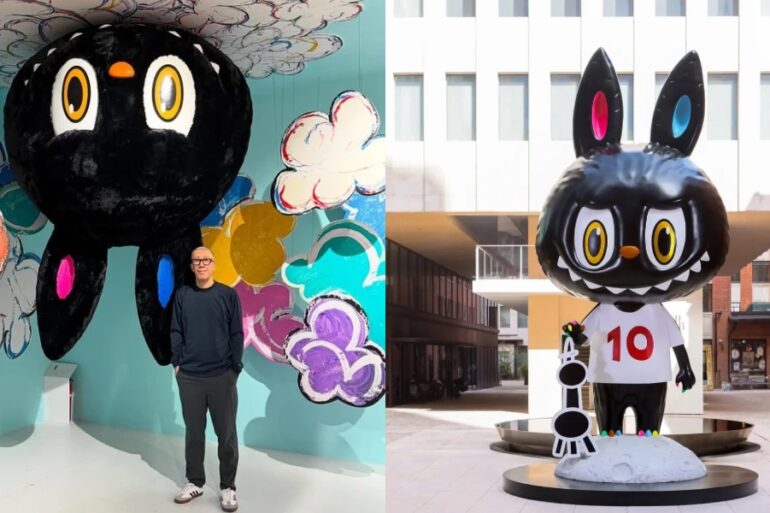Far from being mere frivolity, our love for the adorable traces its roots to evolutionary science, has even infiltrated academia, and boasts a slew of benefits.
Cute culture has taken over the world—and we are but its willing captives. A scroll through your social media feed and you’ll find yourself awash in cute animal videos—I’m pretty sure it’s not just me—from viral pygmy hippo Moo Deng and her bouncy antics or those innumerable Instadogs whose sole purpose in their cute little lives is to make us feel warm and fuzzy inside.
Then there’s the steady rise of cute characters. Once confined to the borders of Japan (more on this in a bit), the love of all things kawaii has broken through cultural barriers. Almost everyone now seems fond of Sanrio and Pokémon characters, and the use of mascots has become so popular that every establishment or brand seems to have one, from Japanese prisons to a popular toilet paper brand in the UK.
Related story: How Labubu dolls became the ‘It accessory’ we never saw coming
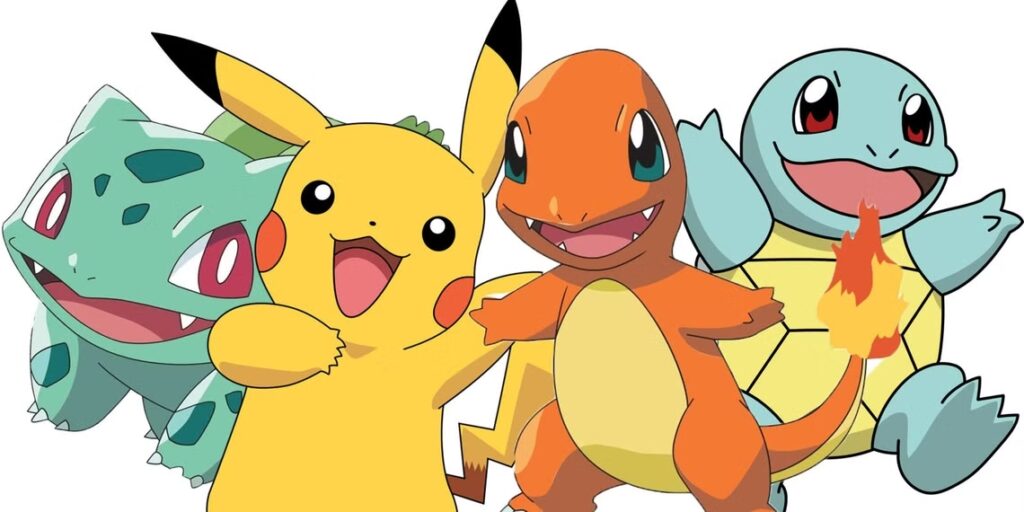

Showing interest in the adorable has long been looked down upon as too girly, trivial, and frivolous. Gone are those days, dear readers. Aside from its marketing power, cuteness has become a subject of serious inquiry, and is now considered an emerging academic field called “Cute Studies.”
Cute culture is literally everywhere—from something as mundane as toilet paper to items considered chic and trendy like those crazy popular Labubu dolls. Cute has influenced fashion and trends and has now even infiltrated the hallowed halls of academia.
But, why are we so drawn to cute things even as adults? Why do we find adorable objects—even babies and animals—irresistible? The POST poked around the internet to help us understand why.
Related story: From Trolls to Labubu dolls: 10 iconic toys we were obsessed with over the last 30 years
A primal survival mechanism
Our affinity for cute animals or objects can be traced to a combination of three factors: evolutionary biology, neurological responses, and cultural influences.
Who would’ve thought that our attraction to all things cute can be traced to our primal survival mechanism? This is especially true whenever we find babies cute. Apparently, humans are biologically wired to respond to cuteness, particularly to babies. This response is believed to enhance caregiving behaviors, ensuring the survival of vulnerable offspring.

Features associated with cuteness—such as large heads, big eyes, and small bodies (Funko Pop figures come to mind)—trigger protective instincts that promote nurturing behaviors in adults. This concept is known as “baby schema” or “kindchenschema,” according to Science Direct. Austrian zoologist Konrad Lorenz (1971) says, “baby schema” functions as an innate releaser to promote caretaking motivation from perceivers (You can learn more about it here and also here).
Humans are so drawn to these attributes that cats and dogs may have been bred to emphasize those same features, per an article on The Economist. For instance, bulldogs have evolved to become shorter, pudgier, and with a squishier, wrinklier face. Cartoon characters have evolved in response to perceived cuteness, too. Mickey Mouse’s arms, legs and nose have noticeably shrunk since 1928, while his head and eyes have become larger.
Triggering neurological responses
Encountering cute stimuli also activates the brain’s reward system, releasing dopamine, a neurotransmitter associated with pleasure and happiness, according to an article on Science Survey. This biochemical response reinforces our attraction to adorable things, making us seek them out more frequently—no wonder we love collecting our favorite cute items, too. We just can’t get enough of them!
Research also indicates that the influx of dopamine heightens our instinct to want to protect anything cute. Viewing cute images like animals on social media can lead to increased feelings of happiness and even stress relief due to the release of serotonin and oxytocin in the brain.
Related story: Vatican teams up with Tokidoki for its cute li’l mascot ‘Luce’—and the internet can’t handle it
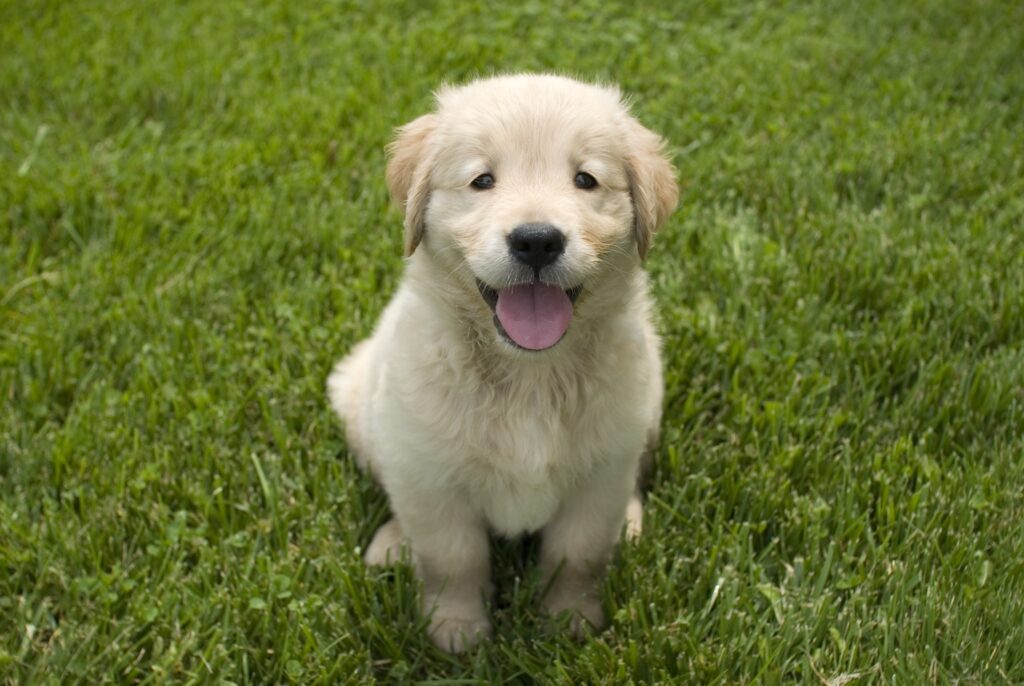
Moreover, according to Morten L. Kringelbach, associate professor and senior research fellow in Neuroscience at the University of Oxford, and his colleagues, when we see something cute, it triggers “fast brain activity in regions such as the orbitofrontal cortex, which are linked to emotion and pleasure.”
As a result, we like looking at babies and other cute things. According to Dr. Kringelbach, research has shown that people would rather look at cute baby faces than adult faces and that they would rather adopt or give a toy to babies with cute faces. You can read more on his study here.
A word on kawaii culture
No talk of cuteness is complete without mention of Japan’s kawaii culture. This cultural phenomenon emphasizes cuteness, innocence, and charm across various aspects of life from fashion to, yes, even food.
The concept of kawaii can be traced back to the Edo period (1603-1868). It gained more prominence in the 20th century, specifically during the Taisho era (1912-1926). It was during this time that a rounded, childlike handwriting style known as maru-moji became popular among schoolgirls.
Related story: Still cute at 50: Three lifelong fans reflect on Hello Kitty’s timeless appeal
Related story: The Peninsula Manila x Hello Kitty afternoon tea is the cutest collab we’ve seen this year
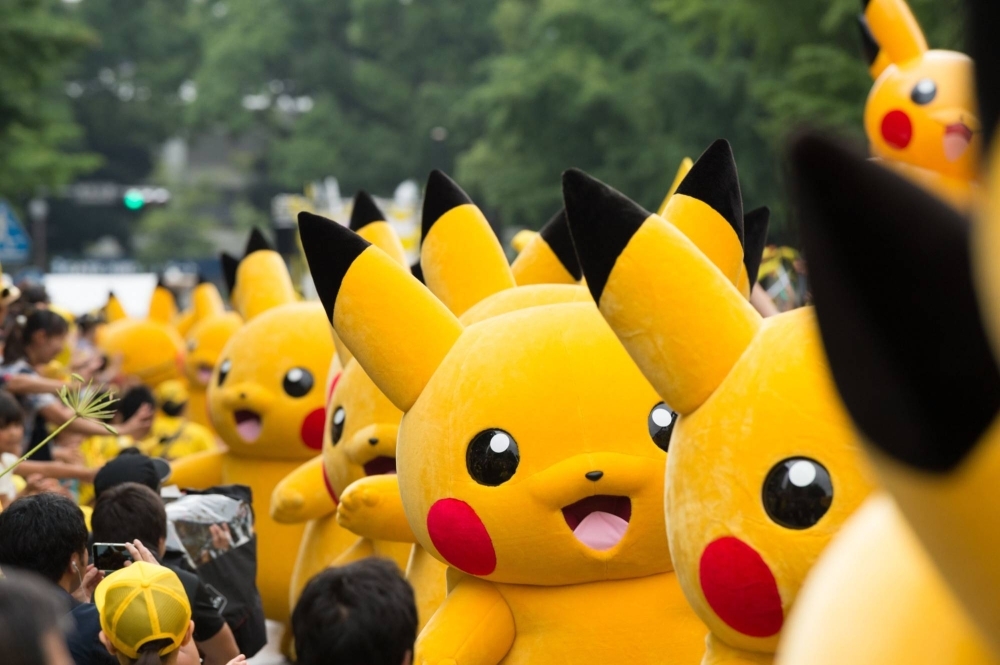
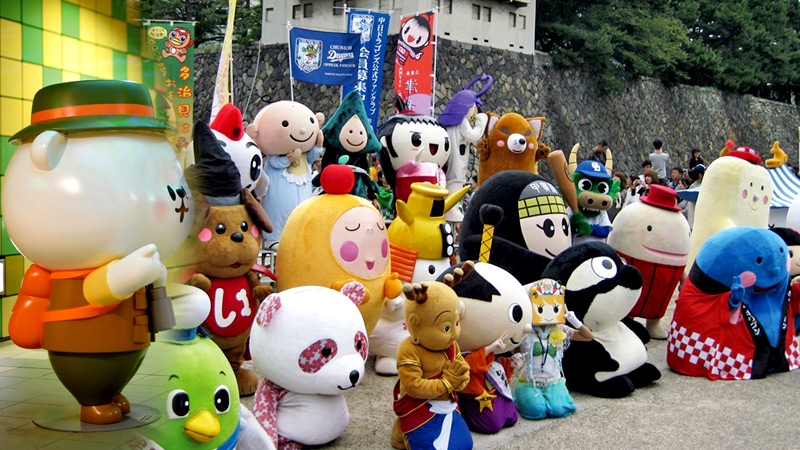
But it wasn’t until the 1970s when modern kawaii culture really gained steam with the emergence of youth culture and the creation of iconic characters like Hello Kitty by Sanrio in 1974. This cat-like character, who recently celebrated her 50th birthday, epitomizes the kawaii aesthetic and helped cement cuteness as a central theme in Japanese pop culture.
Kawaii culture is characterized by soft colors, rounded shapes, and features that evoke vulnerability, such as large eyes and small mouths. These traits are designed to elicit feelings of warmth and affection, as already mentioned earlier.
Fast forward to 2024, what was once considered subculture has seeped into mainstream consciousness and continues to heavily influence fashion, art, and lifestyle across different cultures with its enduring appeal that lies in its ability to evoke positive emotions.
Beyond positive emotions
But our love for all things cute has other benefits aside from evoking positive feelings and enhancing our emotional well being. It can also increase our ability to empathize with more vulnerable beings like animals, who are more prone to cruelty. This is related to what I’ve already mentioned earlier—the surge of dopamine in our body when we see something cute activates our protective instincts toward those we perceive as unable to care for themselves.
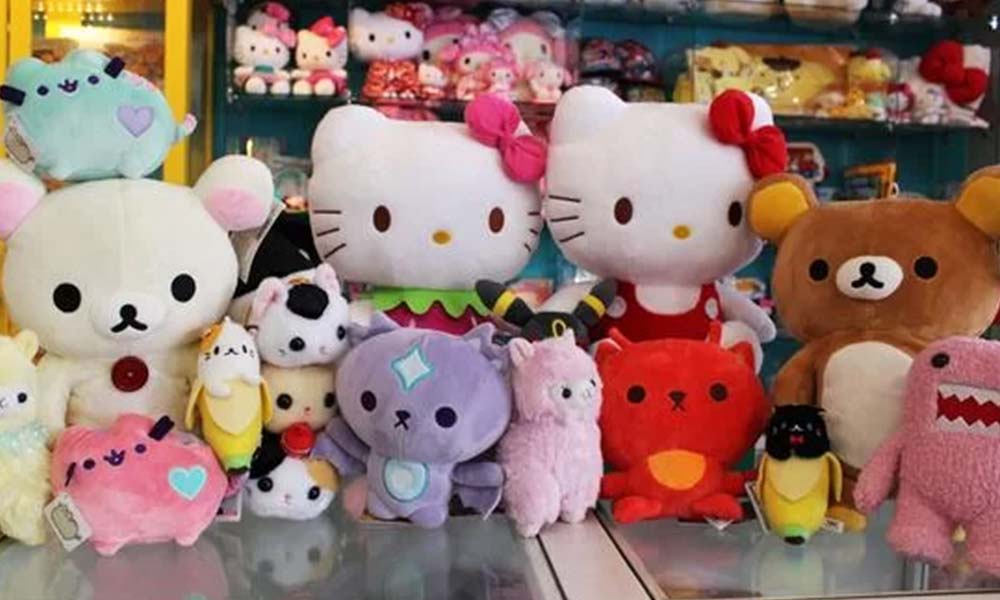
Studies have also shown that exposure to cute images enhances focus in tasks requiring precision, per an article on Psychology Today by computer scientist Jennifer Golbeck Ph.D. For instance, participants who viewed cute animals performed better in delicate tasks compared to those who viewed less cute images. This suggests that indulging our love for cute things can help us perform our tasks better, particularly those that need a higher level of focus and meticulousness. That’s quite an unexpected benefit of being obsessed over cute things—something that once upon a time was considered mere frivolity.
From relieving stress to enhancing performance—now we even have more scientifically-backed reasons why we should buy another Funko Pop figure or Totoro plushie sans the guilt!



